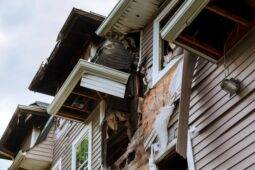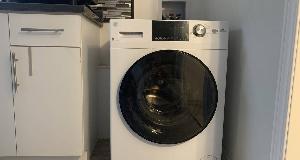7 Ways Your Home Could Be Making You Sick
You spend more time at home than anywhere else, but what if the place that’s meant to protect you is also affecting your health in subtle, yet harmful ways? Many homes—regardless of age or size—can harbor some hidden hazards. Some are structural, some are chemical, and some just come down to habits. If you’ve been feeling off without a clear reason, your home may deserve a closer look. Here are eight ways it could be working against your health.
1. Asbestos
If your home was built before the 1990s, there’s a chance asbestos is still present in insulation, floor tiles, popcorn ceilings, or pipe wraps. It’s not dangerous when sealed, but once disturbed—through renovation, drilling, or even general wear, it can release fibers into the air. Breathing in these fibers can lead to long-term lung issues, including mesothelioma. Always have suspect materials tested before cutting, sanding, or tearing anything out.
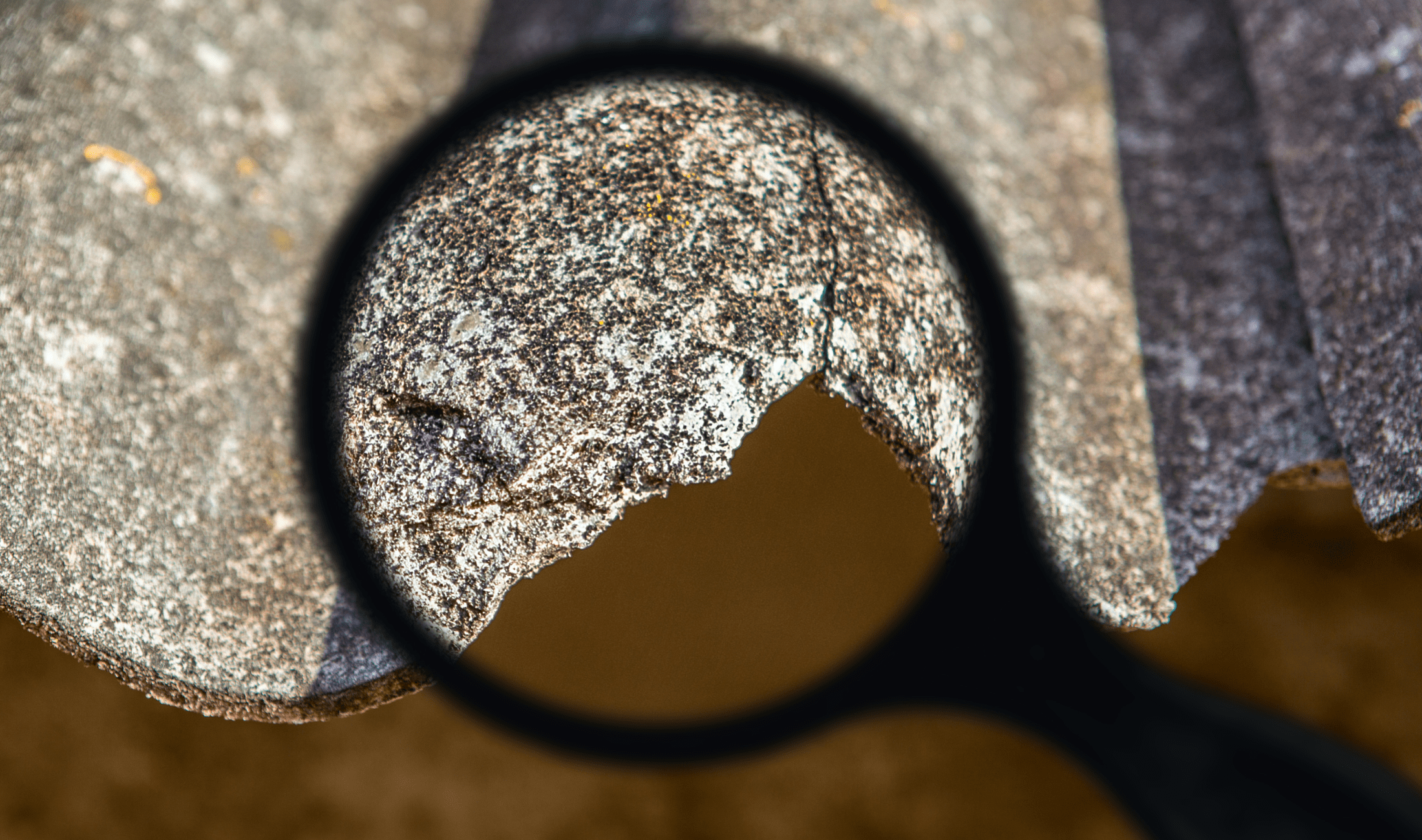
2. Lead
Homes built before 1978 often used lead-based paint. When this paint peels, cracks, or turns to dust, it creates a serious risk, especially for children, as lead exposure can affect the brain, kidneys, and nervous system. In older homes, plumbing systems may also leach lead into drinking water. If you live in an older property and haven’t had your paint or water tested, it’s worth doing sooner rather than later.
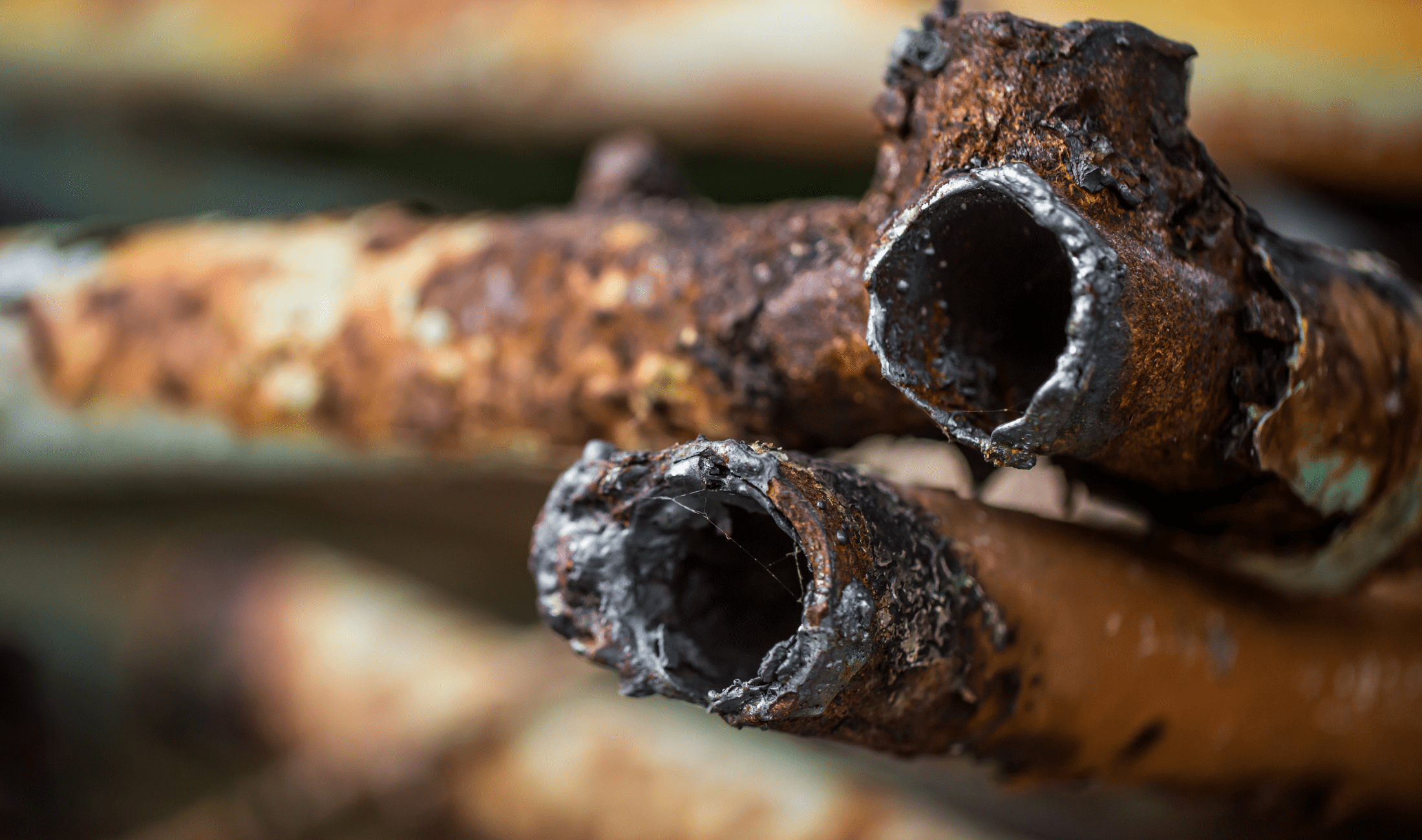
3. Gas Leaks and Carbon Monoxide
Natural gas leaks can be deadly if undetected, and carbon monoxide is even more dangerous because it’s odorless and invisible. Even a small leak from a stove or furnace can cause dizziness, fatigue, or nausea, let alone the dangers of long-term exposure. Without a working carbon monoxide detector, you might not realize anything is wrong until symptoms escalate. Annual inspections of gas appliances and alarms in key areas of your home can truly help prevent tragedy.
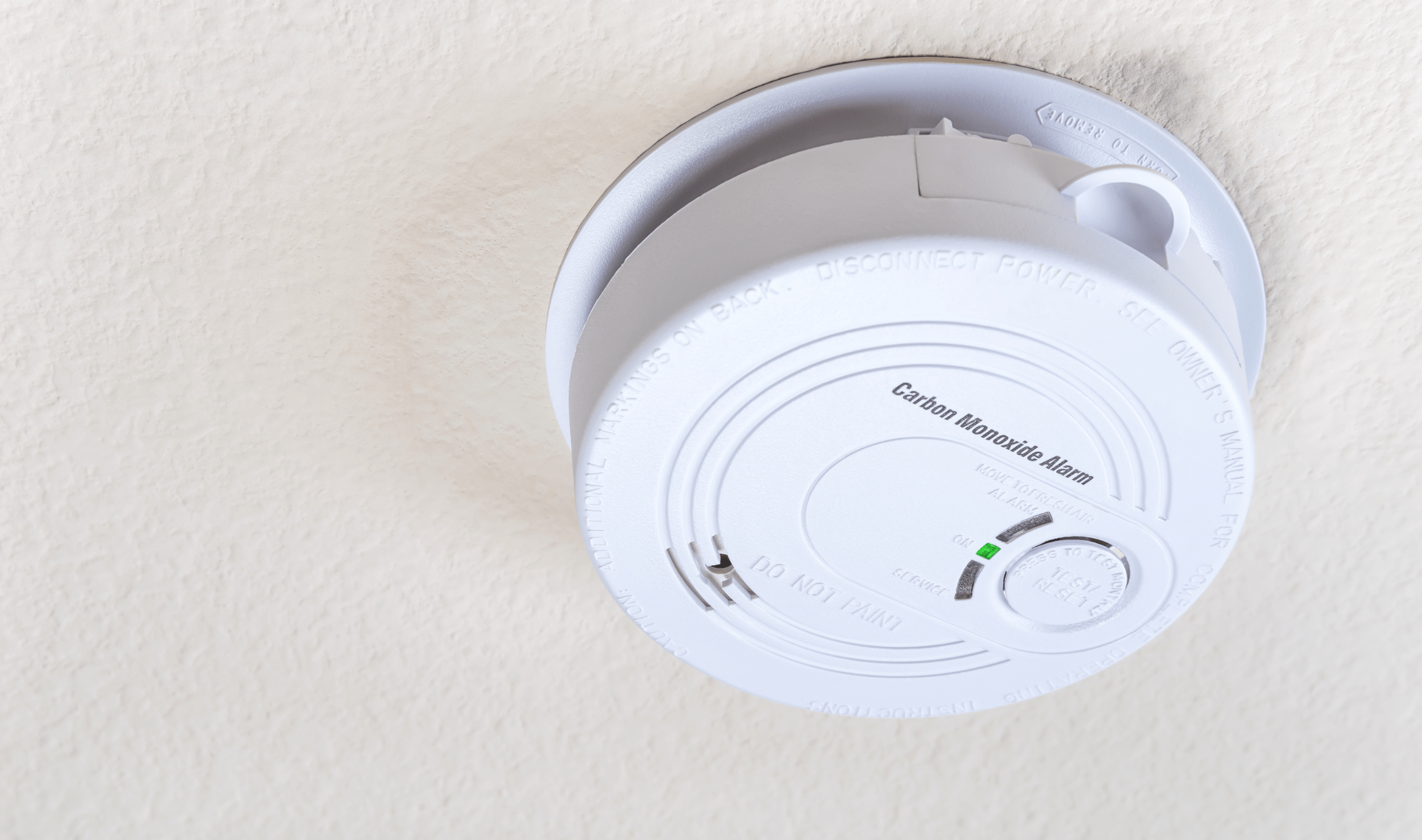
4. Dirty HVAC Systems
Heating and cooling systems do more than adjust temperature, they circulate air throughout your home. If your ducts are full of dust, pet dander, mold spores, or rodent droppings, those contaminants are pushed into every single room. Breathing in that air every day can worsen asthma, allergies, and general respiratory health. If you notice odd smells when the heat or AC turns on, it’s time to get the system professionally cleaned.
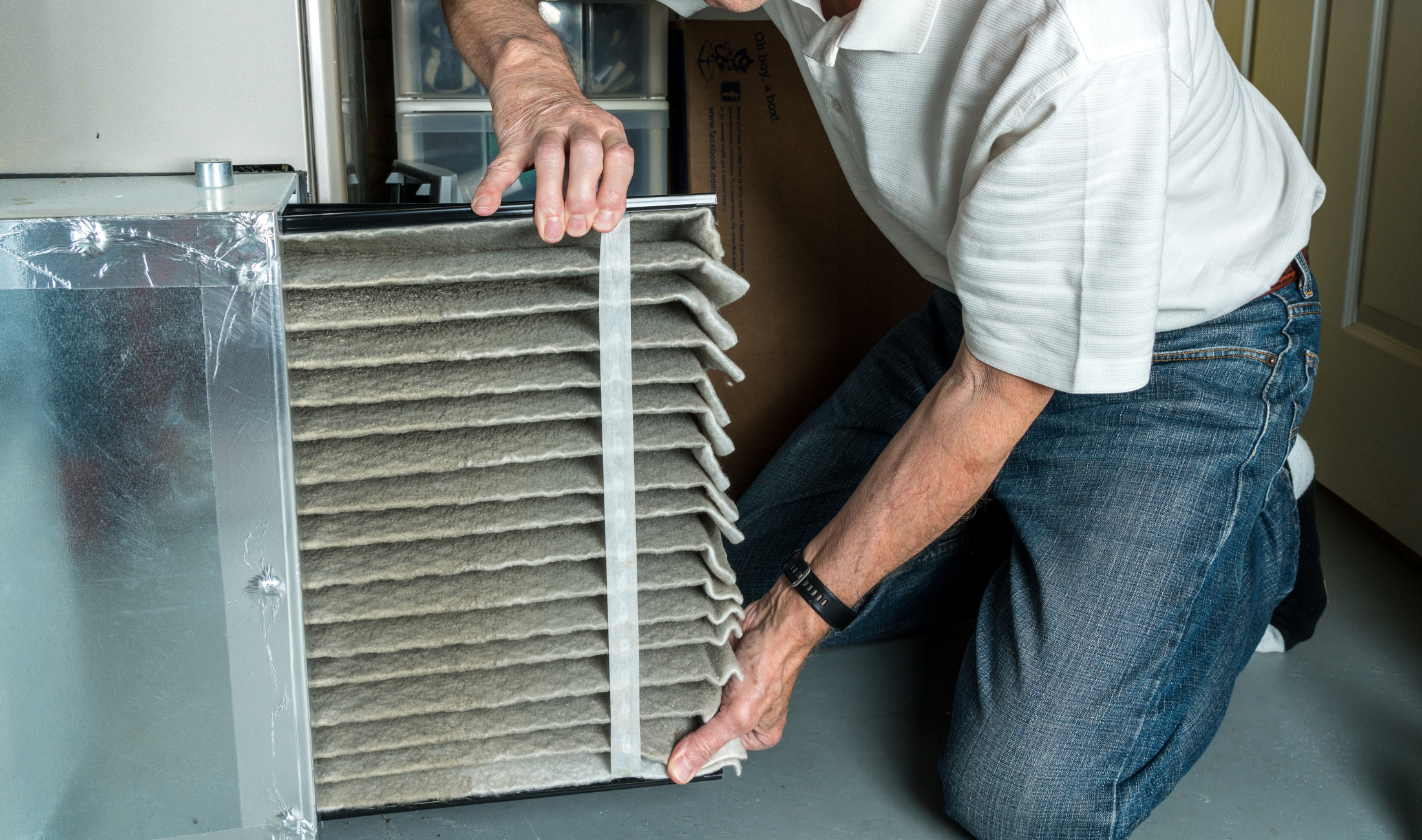
5. Moisture and Mold Behind Walls
Even if the surfaces look clean, water can find its way behind drywall, baseboards, and under flooring. Leaky pipes, poor seals around windows, or roof problems can trap moisture in areas you can’t see, allowing mold to grow and fester without your knowledge. You’ll likely feel the effects though, like coughing, skin issues, or persistent congestion. A musty smell in one area is often the first warning and is worth digging into further if it’s persistent.
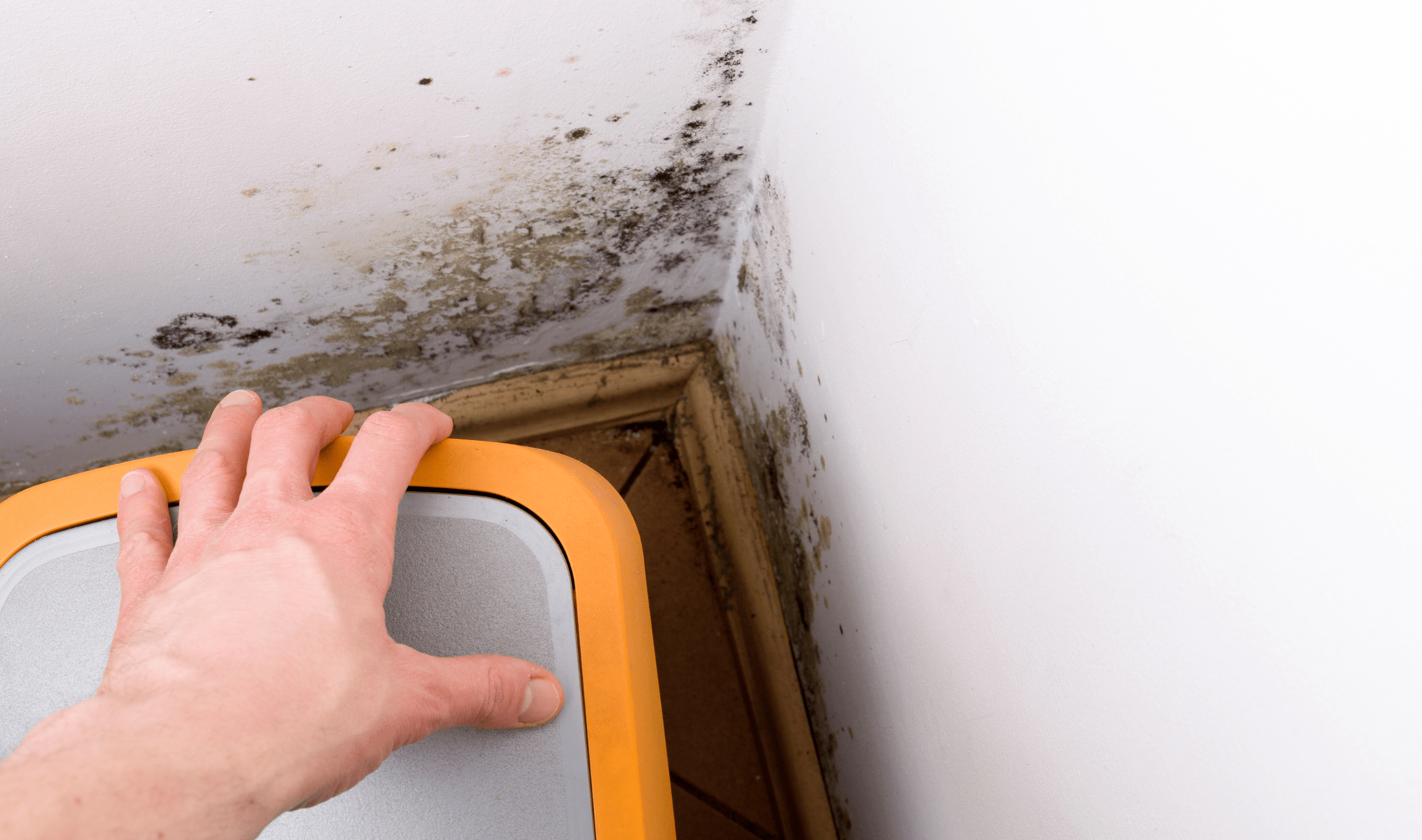
6. Pesticide Residue
If you’ve ever sprayed bug repellents or used foggers indoors, the chemical residue can stick around much longer than you think. These compounds settle into rugs, curtains, and other fabric surfaces, especially in poorly ventilated areas. Children and pets are more likely to absorb these toxins just by crawling or playing on the floor. Over time, buildup from repeated treatments can impact hormone and immune health.
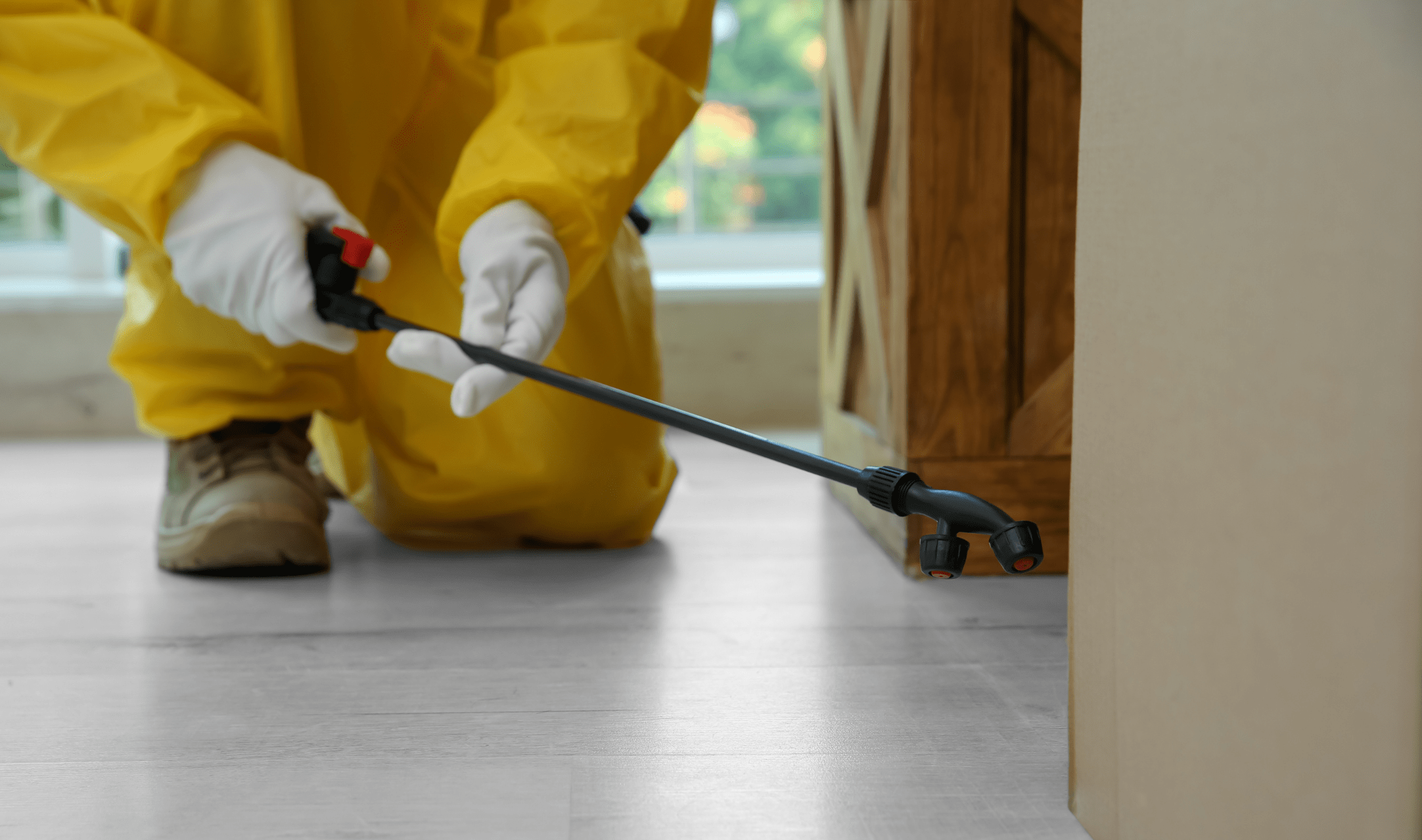
7. Flame Retardants in Upholstery
Many older couches, mattresses, and padded chairs were treated with flame retardant chemicals in their manufacturing. While intended to slow fires, these materials break down over time and release dust particles that carry toxins. Prolonged exposure has been linked to hormone disruption and even fertility issues. If your furniture is more than a decade old and has foam stuffing, it could be part of the problem. Consider replacing any high-use pieces or using protective covers.

Related Articles
- 5 Hidden Dangers Lurking in Your Basement: Are You at Risk?
- Your Vinyl Flooring Could Be Poisoning Your Home
- The Dangers Of Hard Water (And How To Tell If You Have It)
The connection between your home and your health isn’t always obvious. You might not notice an issue until symptoms appear, and by then, the cause may be buried behind walls or built into the materials around you. The good news is that many of these problems can be identified and addressed with the right information. A healthier home often starts with awareness, knowledge, and a closer look at what’s been there all along.

